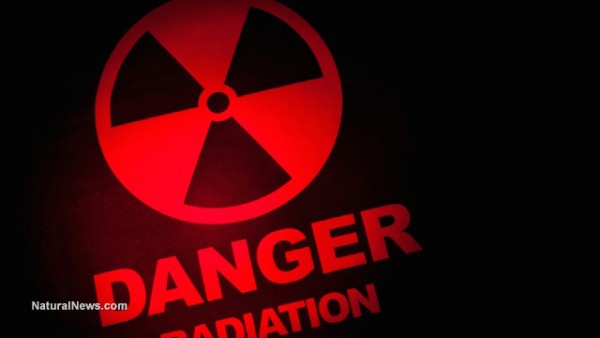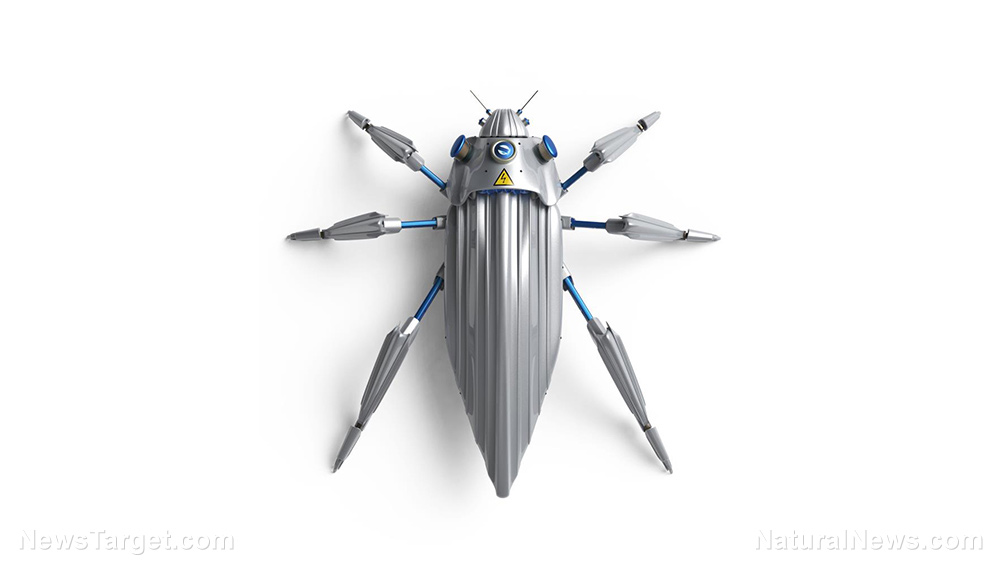Biologist reveals surprising insights into the effects of nuclear accidents on wildlife
06/16/2018 / By Frances Bloomfield

On April 26, 1986, the world was rocked by the Chernobyl disaster, one of the worst nuclear accidents in history. Massive amounts of radioactive materials were launched into the atmosphere from one of the graphite reactor cores, forcing people living nearby to evacuate their homes by the thousands. Now, almost four decades later, the effects of this disaster continue to linger across much of the region. One need not look any further than the wildlife to glimpse upon the impact of nuclear accidents.
In 2011, biologists Timothy Mousseau and Anders Moller were collecting flowers in Pripyat, a ghost town close to the Chernobyl Nuclear Power Plant. While there, they came across a firebug (Pyrrhocoris apterus) with a “deformed” red-and-black pattern on its back. Mousseau and Moller encountered over a hundred more firebugs bearing unique colorations as they widened their exploration to the Red Forest and other abandoned villages. The higher the contamination rate of an area, the more common these types of insects.
“This is just one of many similar anecdotes about the deformed critters of Chernobyl,” Mousseau told DW.com. “Literally every rock we turn over, we find a signal of the mutagenic properties of the radiation in the region.”
In another instance, Mousseau found two great tit birds (Parus major) near the site of the Chernobyl. One of the birds appeared normal; the other had facial tumors above and below its left eye. Not even plant life has been spared: Pine trees with gnarled, knotted trunks and misshapen pollen have all been seen by Mousseau.
Support our mission and protect your health: Organic Seeds of Life combines Red Raspberry Seed Power, Black Cumin Seed Power and Red Grape Seed Powder into the most potent nutrient-rich supplemental superfood powder you've ever experienced. Loaded with flavonoids, antioxidants, anthocyanins, OPCs, ALA and a vast array of vital nutrients. Learn more here.
Shockingly, that’s only a small fraction of the mutations abound within and around Chernobyl. Back in 1990, just four years after the meltdown, roughly 400 disfigured animals were born, with many being so extreme that the animals died within hours of birth. As per ThoughtCo.com, these deformities ranged from extra limbs to odd coloration to distorted faces. Even domestic animals were affected, with one such example being radiation-exposed cows producing milk that was also radioactive. (Related: Legacy of Chernobyl: Boar shot in Sweden found to have 10 TIMES the accepted amount of radiation, 30 years after disaster.)
Naturally, Chernobyl isn’t the only area awash with animals like these. In the Fukushima Prefecture of Japan, site of the 2011 Fukushima Daiichi nuclear disaster, people have photographed all kinds of deformed animals. On ChernobylPlace.com, you’ll find pictures of a rabbit born without ears, a two-faced cat, see-through toads, and an eight-legged lamb, among many others.
As disturbing and saddening as these images are, Mousseau believes that their long-term impact will be minimal at best. According to him, these mutations are a one-off thing due to being inherently neutral or disadvantageous to the affected animals.
“If a mutation had any benefit to offer, it would already be there in the population,” Mousseau explained. “Over evolutionary time, we expect that populations will return to normal after the mutagen disappears.
“Radionucleotides decay, hot sites eventually cool down, mutations become less frequent again, and healthy animal and plant populations recolonize the sites. So the genetic status quo ante returns — except if mutations have occurred that permanently enhance fitness, but that’s very rare.”
That being said, just because not every animal in Chernobyl or Fukushima bears a physical deformity doesn’t mean they’re completely safe. Mousseau noted how quite a few people inhabiting the Chernobyl Exclusion Zone were exposed to radionuclides by way of hunting and eating the wild boar that wandered outside the zone. Similarly, visitors to Chernobyl are cautioned against petting any of the 900 radioactive stray dogs they come across in their jaunt.
So despite everything that’s transpired, life has found a way to flourish in near-impossible places. It just isn’t the kind we’re used to.
Stay up-to-date about Chernobyl and Fukushima by going to Radiation.news today.
Sources include:
Tagged Under: animals, Chernobyl, exposure, Fukushima, mutated animals, mutation, mutations, nuclear accidents, nuclear disaster, nuclear power plant, radiation, science, toxic chemicals, wildlife




















